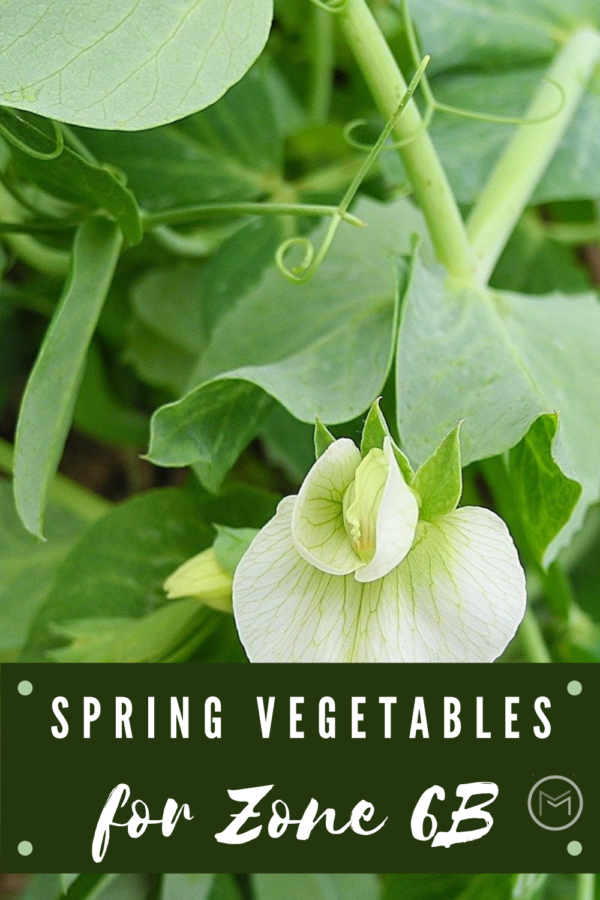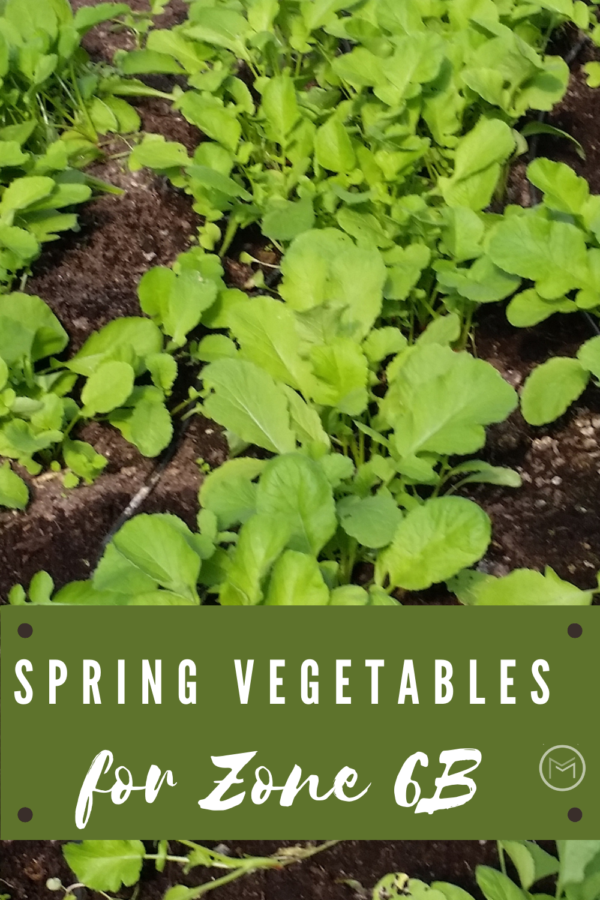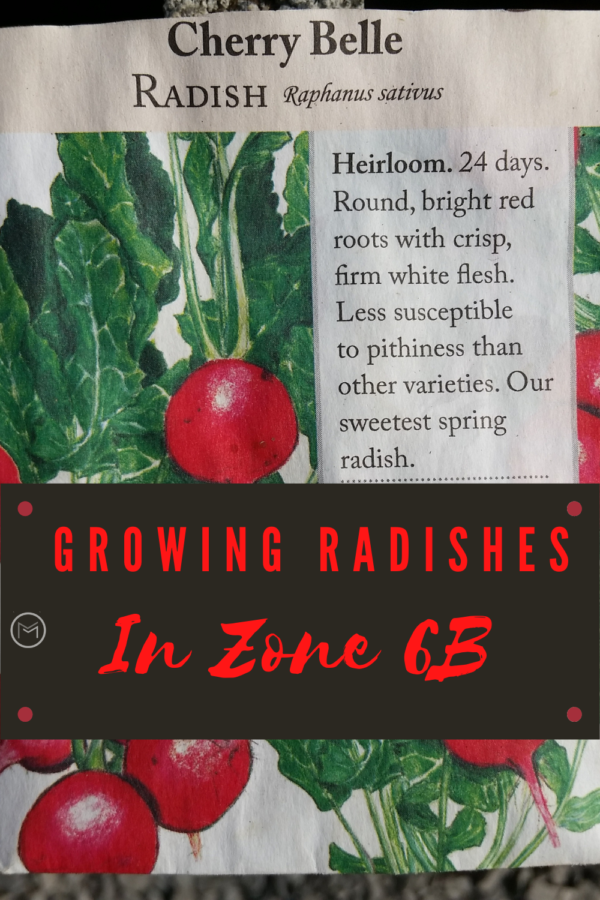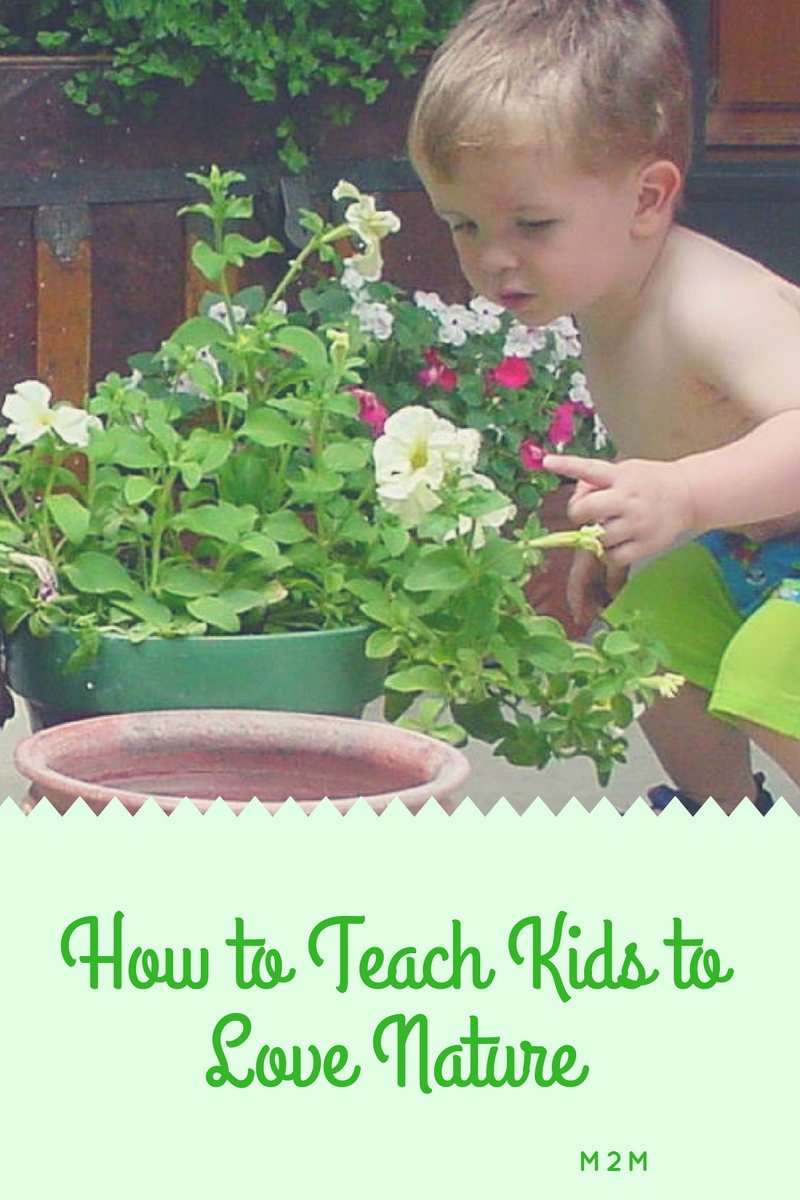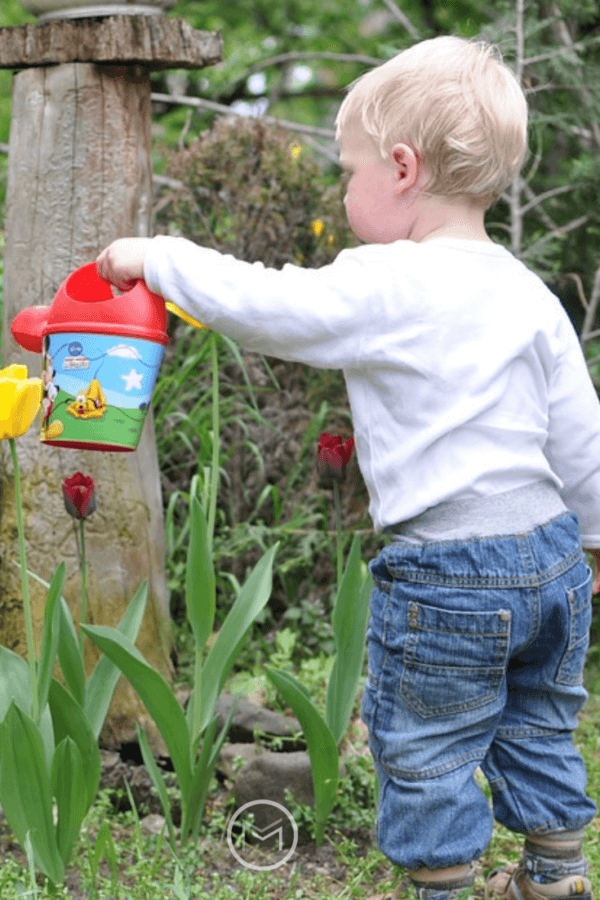Today, I’m sharing kids printables on carrot facts for kids. Gardeners around the world grow carrots. They are one of the first vegetables to go into most gardens in the spring. Carrots are root crops that prefer cool weather rather than the scorching heat of summer. So, they are perfect for a spring and fall crop.
First, carrots are know by their orange color and long root. They can be found in salads, on vegetable trays, snack plates, juiced and julienned. Did you know that the original carrot was not orange? Nope, the orange color evolved. Check out these carrot facts.
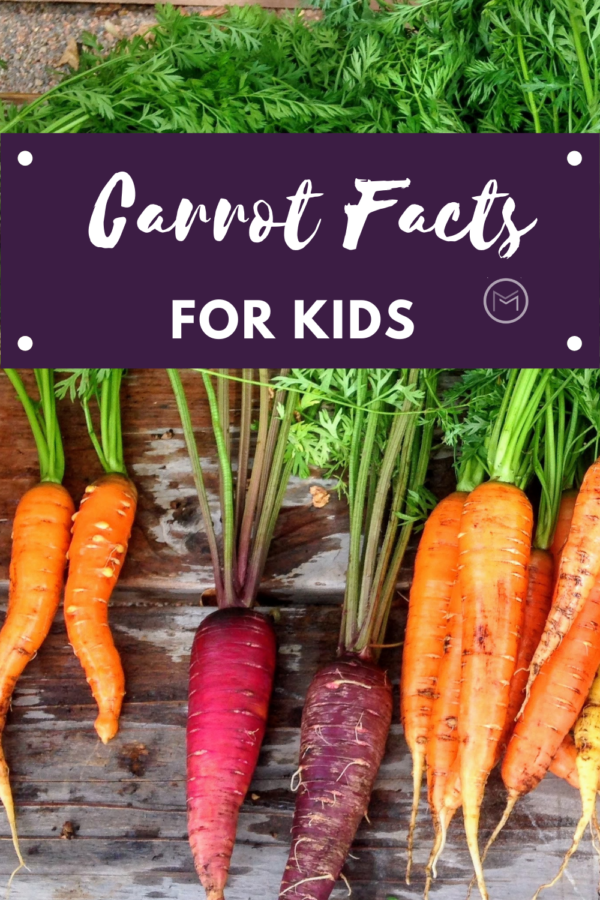
Carrot Facts for Kids:
- First, carrots are considered root vegetables because they grow underground.
- The original carrots were purple, white and yellow, not orange.
- Carrots were cultivated in Iran and Persia, now Afghanistan.
- The orange carrot originated in Europe.
- Dutch settlers brought the orange carrot to Jamestown, VA.
- Next, carrots are orange because of the beta-carotene in them.
- Orange carrots became popular, and replaced the purple, yellow and white carrots.
- Carrots were first grown for their leaves and seeds for medicinal purposes.
- So, it is true rabbits do love carrots. However, carrot tops are healthier for rabbits. Unfortunately, one carrot for a rabbit is equivalent to eating 20.
- One of the healthiest vegetables are carrots.
- Furthermore, carrots help clean our teeth. They scrape plague from our teeth just like a toothbrush and toothpaste. Additionally, carrots stimulate gums.
- Next, China is the largest producer of carrots. Russia is second and the United States third.
- The longest carrot was 20 feet, and grown by Joe Atherton in Malvern, UK, on 23 September 2016.
- The heaviest carrot weighed 22 pounds. Christopher Qualley of Otsego, Minnesota grow this carrot in September 2017.
- Fortunately, the original color carrots can still be grown. Carrot maladies usually contain purple, yellow, orange, white and red carrots.
- There are 100 species of carrots.
- Carrot comes from the Greek word Karoton.
- A teaspoon of carrots holds 2,000 seeds.
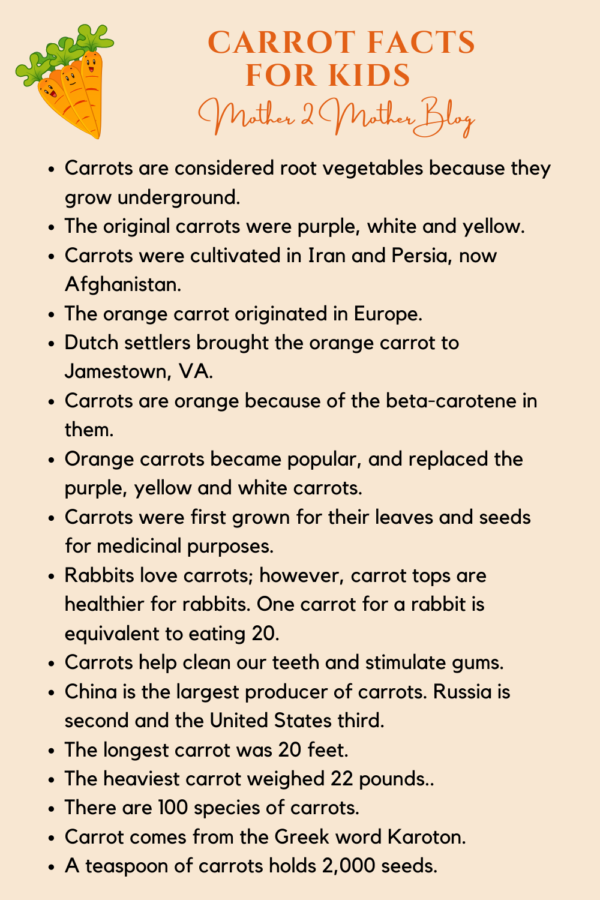
How to Grow Carrots:
Next, check out my post on how to grow carrots. It’s an easy, fun and educational activity that you can do with your kids. Carrots like cool weather, so a fall planting will be suitable as well. You will need the following:
- Deep pot from your local Dollar Tree
- Potting Soil
- Carrot Seeds
The carrots below are carrots that I planted in a pot. They are currently growing on my deck.
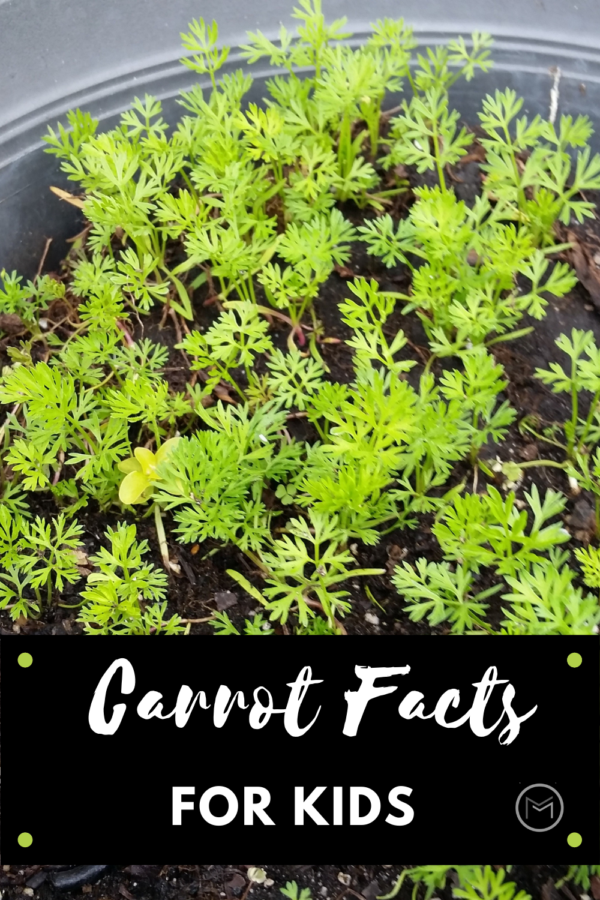
After planting a pot of carrots, be sure to print the word search and crossword puzzles on carrot facts. You can download them here. There’s a coloring page included too. I hope you enjoy these interesting facts on carrots!
Finally, you may also like History of Carrots and Healthy Carrot Snack Ideas for Kids.
